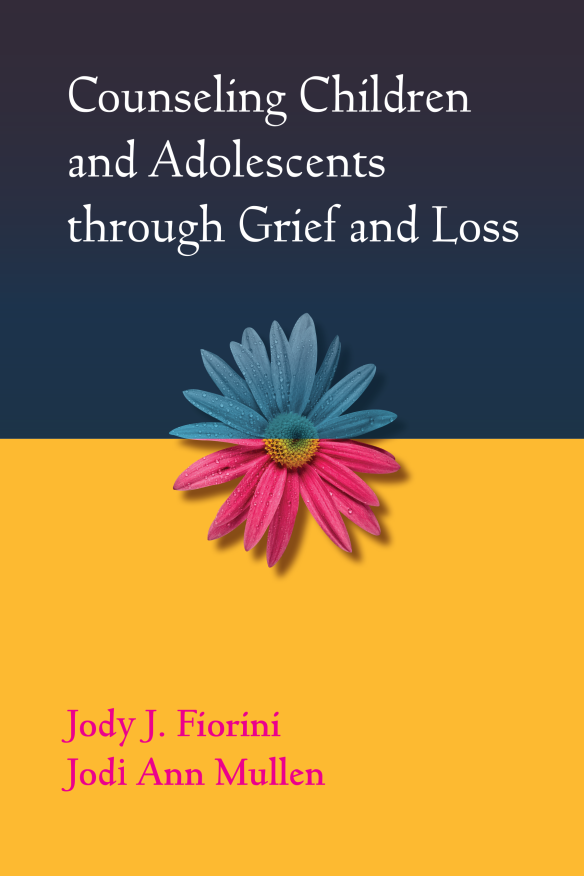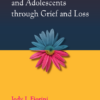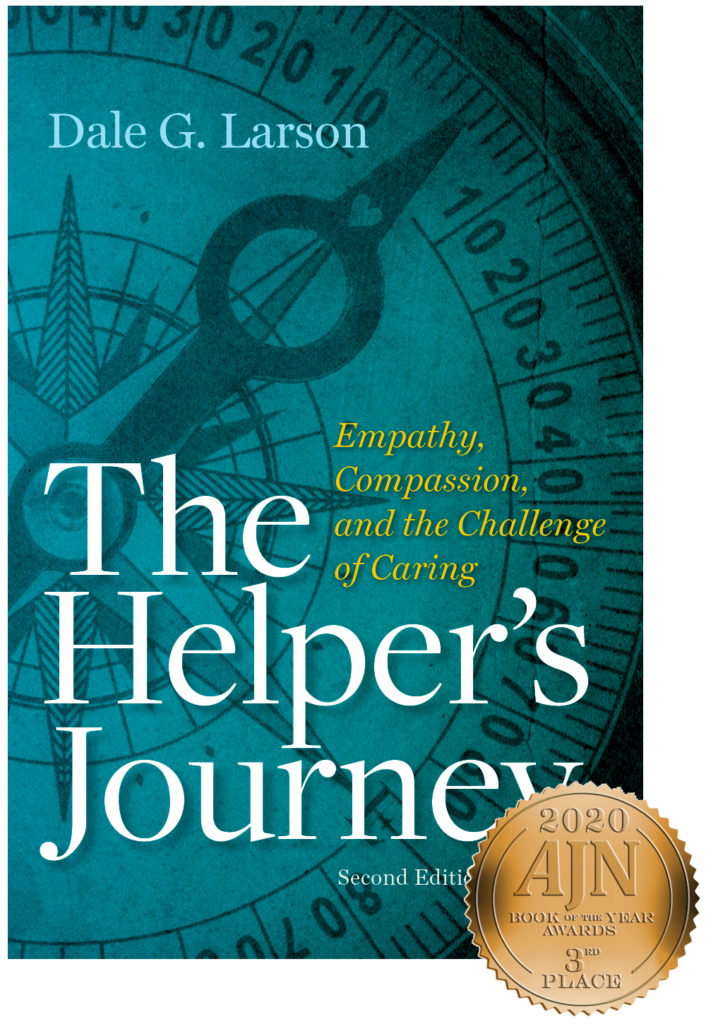This comprehensive resource provides developmentally appropriate interventions for counseling children and adolescents who have experienced a wide range of grief and loss, including secondary and intangible losses such as moving or divorce.
The book synthesizes current research and best-practice approaches for counseling youth. It provides a method for assessing individual needs and offers guidelines for selecting appropriate counseling strategies.
Through numerous case examples, the authors describe youths’ cognitive, emotional, and behavioral responses to loss. They address important issues, such as myths about grief and loss in youth; cultural, religious, and family considerations; trust and safety concerns; tragic and stigmatizing losses; and the life-long impact of losses experienced in childhood and adolescence. An essential resource for counselors, social workers, and psychologists in schools and other settings. Also highly recommended as a supplementary college text.
Reviews and Awards
“The authors addressed different types of grief, that is, not just grief and loss from death of a significant other. Cultural, religious, familial, and gender factors also have an effect upon the grieving process. . . . this book helps the counselor to obtain a more rounded perspective of grief and loss. Two key points brought up by Fiorini and Mullen are that children and adolescents deal differently with loss and that loss recurs in everyone’s lives, including children and adolescents. It is not unusual for an individual who experienced a significant loss in early childhood to need to again address that loss through the various stages of life.”
—Theresa Clark, Indiana School Psychologists Association NEWS
“The authors provide a well-organized, easy-to-read guide replete with case examples . . . . an excellent resource for school psychologists, counselors, and other mental health professionals to refer to when engaging in grief counseling with children or adolescents. It is well-researched, practical, and user-friendly.”
—Michele Boretti, Communiqué,
National Association of School Psychologists
“Both authors demonstrate their knowledge and understanding of children and adolescents from the opening paragraph . . . . This is an exceptional resource and should be on the desk of every mental health professional working with this population.”
—Sara Febrey, Play Therapy Magazine
Counseling Children and Adolescents through Grief and Loss has been designated as a “Book of the Year” (Psychiatric-Mental Health Nursing category) by the American Journal of Nursing. “Children and adolescents experience many losses. . . . this volume presents thoughtful discussion on the myths associated with such loss. [It] examines the impact of religion, family, and a person’s sex on grief. [It] provides information on interpersonal, developmental, and stigmatizing losses. [It] uses illustrative case studies.”
—American Journal of Nursing




